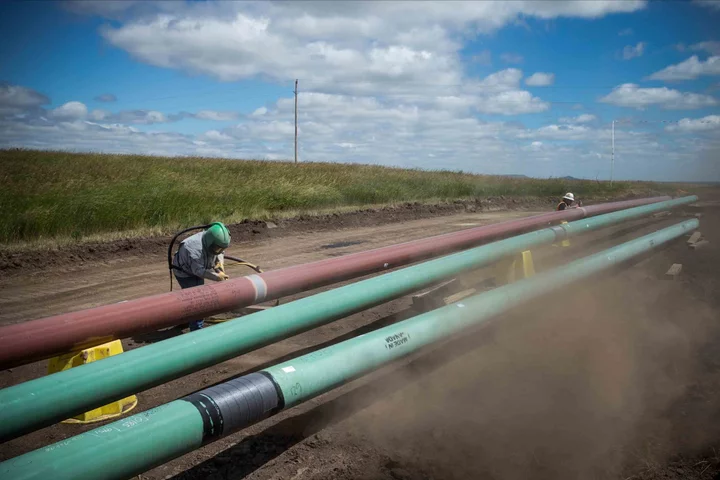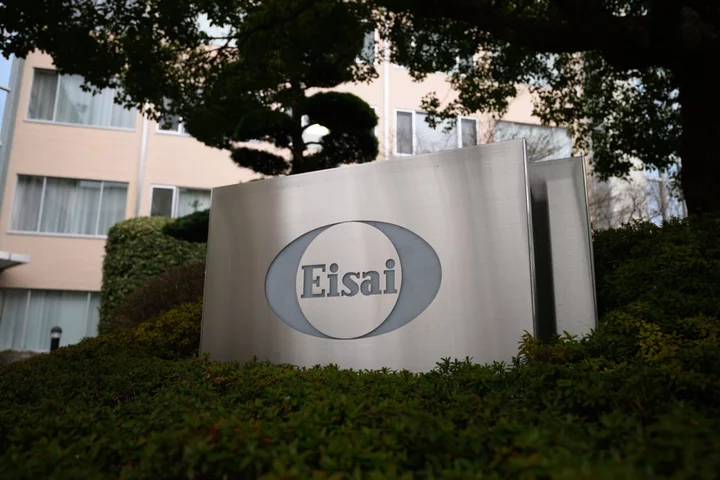The Biden administration has left the Energy Transfer LP’s controversial Dakota Access Pipeline in limbo, with the release of a new draft of an environmental study that stopped short of recommending whether it should receive an easement to continue operating.
The study by the US Army Corps of Engineers examined options that ranged from granting Energy Transfer’s request to increase the amount of oil allowed to flow under the existing easement, or allowing the pipeline to continue operating with new requirements to abandoning, or rerouting the pipeline. The agency said it would make a recommendation in a final version of the study after considering public comment.
Uncertainty has surrounded the future of the 1,200-mile (1,900-kilometer) conduit that carries 200 million barrels of crude a year from North Dakota’s Bakken oil fields to Illinois’ Patoka oil terminal. In 2021, a federal judge ordered the environmental analysis of the pipeline’s route under Lake Oahe in North Dakota. In 2022, US Supreme Court rejected an appeal by Energy Transfer over the ruling.
Read More: Dakota Access Loses Supreme Court Appeal, Leaving Future Unclear
The pipeline, which won approval during the first weeks of the Trump administration, has been the focus of intense opposition by climate activists, celebrities and the Standing Rock Sioux Tribe, who argued that it was a threat to their water supply and cultural resources.
Energy Transfer spokeswoman Vicki Granado declined to comment on the study. Shares of the company were up less than 1% as of 12:37 p.m. in New York.
The Army Corps study found that release of crude oil was “remote to very unlikely” in scenarios where the pipeline is allowed to continue its existing easement.
“Overall, analysis of incident data, frequency and consequence analysis, and review of existing pipeline safeguards indicates that sufficient safeguards are in place to prevent, respond to, mitigate, and remediate releases of crude oil into the Project Area,” the Army Corps said.
--With assistance from Ruth Liao and Sheela Tobben.
(Adds shares in fifth paragraph)









